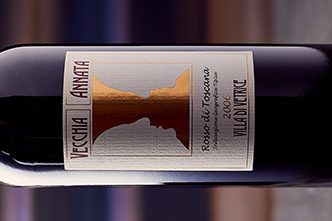I know that many MidWeekers like to look beyond the High Street and are enthusiastic members of the Wine Society.
A wise decision too because the Stevenage based Society’s mutual status keeps a lid on prices while its terrific band of buyers consistently maintain a perfect balance between originality, quality and value.
Its success would astound (and delight) the Society’s Victorian founders who, initially, created the Society to dispose of stock left over from the 1874 Great Exhibition.
Since the Society’s list is constantly changing, I have had a look at its winter list which does include a few newcomers that have yet to touch down.
Also today, are the Best of the Rest Selections, Sunset Corner (alerting you about expiring promotions) and Sunday Best choices for “special occasion” wines.
Where they are available, use the pictures next to the description of a wine to help you find it quickly on a crowded display.
An unusual and very local grape
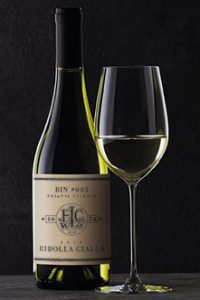
Ribolla gialla is a relatively unknown grape that seems to do particularly well in north eastern Italy and Slovenia and in both places produces floral and fresh white wine – as this version by an acclaimed winemaker in Friuli testifies.
Enjoy then the perfumed and intense 2018 Bin #003 Ribolla Gialla (£9.50 at The Wine Society and 12.5% abv) with its ripe pear fruit, nectarine centred texture and delightfully long finish.
Cross border drinking
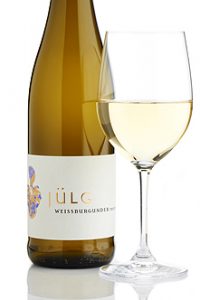
I have previously praised the extra depth that pinot blanc seems to muster when compared with, say, pinot grigio although this example has an extra oddity since it uses grapes from Alsace but the winery is actually the other side of the frontier and hence in Germany.
Nevertheless, wherever it thinks of as home 2018 Weissburgunder Weingut Jülg (£10.95 and 13%) is lovely wine with a crisp apple and grapefruit foundation that is neatly supported by vibrant acidity, suggestions of mint and a balancing citrus pith texture.
Continuing the unfamiliar name sequence
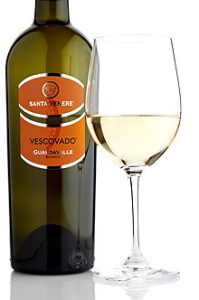
Here is another local grape, this time from Calabria on the toe of Italy where the surprisingly weather resistant guardavalle is often used as a blending partner but, here, assumes the starring role – and to very good effect.
With depth and even some honey influences, 2018 Vescovado Guardavalle Calabria Bianco Santa Venere (£12.95 and 13%) will give you apple and ripe melon fruit with good acidity, a few savoury edges and touches of white peach; although it does not arrive here until 21 October – actually now in stock.
Into a more recognisable area
Fear not if prices rise in the Cȏte d’Or because, with careful selection, one can still find full and rich versions in Pouilly Fuissé (right in the south of Burgundy region) often with much more kindly price tags.
One such wine is 2016 Domaine Cordier Pouilly-Fuissé Metertières (£26 and 13.5%, but not available until next month) where crisp red apple fruit meets mellow, sweet edged ripe peach elements and are joined in the party by herbal richness and excellent enlivening acidity.
Moving to reds yet not straying far
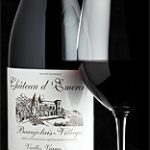
A short hop from Pouilly Fuissé and you are in Beaujolais for, in this case, red wine made in the most northerly (best) part of the region from older vines and which is of exceptional quality for something simply labelled as Beaujolais Villages.
Representing fantastic value for money, 2018 Château d’Emeringes, Beaujolais-Villages Vieilles Vignes (£8.50 and 13.5%) has vibrant acidity, herbal infused cherry and loganberry fruit and an earthy mineral depth to give the whole thing a real sense of sophistication.
Back to less familiar territory
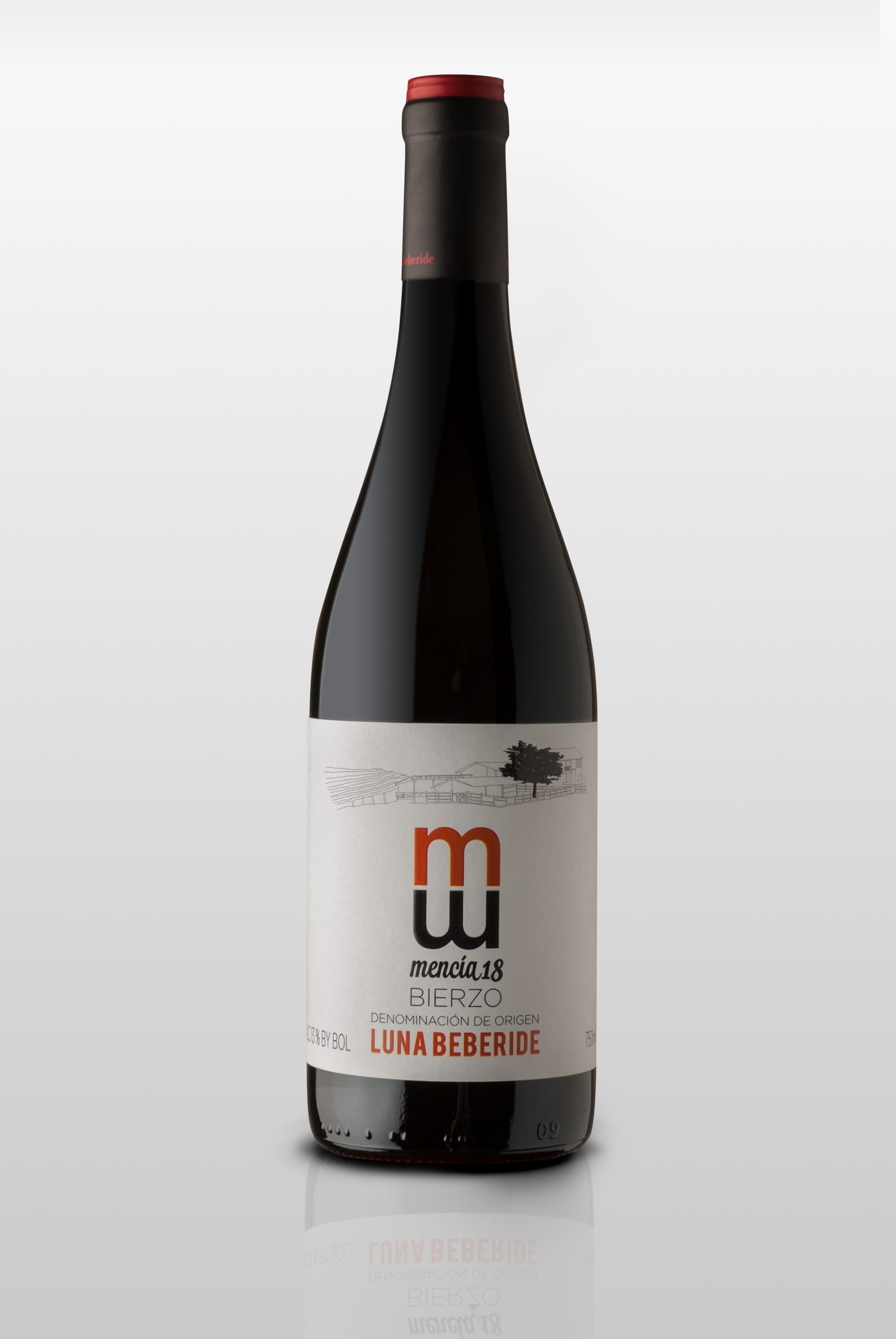
Our next stop is slightly inland from Rίas Baixas in the north west of Spain, at Bierzo in fact, where the light and fresh mencia grape is the local delight – especially when it is grown on one of the area’s slate terraces.
Available from 4 November, the great value 2018 Luna Beberide Mencia, Bierzo (£9.95 and 13%) centres around soft, gentle red plum and raspberry fruit with good acidity, smooth herbal influenced baking spice flavours but very limited tannin.
Next, it’s off to Tuscany
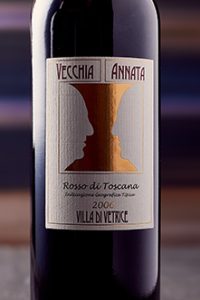
Top level sangiovese is not only quite expensive but also sometimes needs up to twenty years’ maturation. This version however is bang on form right at this moment – although, to be fair, it has taken twelve years of aging to get there.
Experience the real class that the variety can attain with the savoury edged 2006 Grato Grati Rosso Toscana Vecchia Annata (£23 and 13%) which has beautifully smooth cherry and nut flavours, good acidity, hints of cinnamon, surprisingly soft tannin and is as deep as a mine shaft.
Finally to the sparkle

While the freshness and vibrant fruit of non-vintage champagne is the perfect pick-me-up for almost any occasion, there is still something special about vintage versions with all the extra depth and elegance that good examples so effortlessly provide.
It is well worth digging deeper in your pocket for this chardonnay led selection from The Wine Society’s long-time Champagne partner to relish the delightful 2006 Alfred Gratien Brut (£42 and 12.5%) with its complex amalgam of brioche and biscuit mellowness underpinned by sharp, zesty lime acidity and a lively mousse.
BEST OF THE REST
Pinot grigio with extra zippiness

Although Italy is, of course, the principal pinot grigio country, Germany actually has the world’s third biggest PG acreage.
That country’s more northerly latitude allows grapes grown there to ripen more slowly and, thus, normally retain more of that (often elusive with pinot grigio) enlivening acidity.
The easy drinking, cheerful Kleine Kapelle Pinot Grigio (£6 at the Co-op and 12%) is especially appealing combining as it does soft orange, ripe melon and peach fruit with that important acidic liveliness.
Excellent everyday red

Italian geographic wine laws are now less rigid for basic level fare like this, allowing even more inventive and interesting blends to be created – often (as here) at very competitive prices.
For example, Aimone Italian Red (£4.99 at Aldi and 13.5%) has attractive medium bodied plum, cherry and bramble fruit supplemented by good acidity, suggestions of baking spices and menthol but only gentle tannin.
SUNSET CORNER
The current promotion at Sainsbury’s draws to a close next week (8 October) and, with its conclusion, reductions on around 150 wines will disappear.
To take advantage of the current discounts, pop into your local store and have a browse among the shelves.
Although many of the reductions are of branded wines here are half a dozen fairly distinctive wines that I can recommend and which form part of the current promotion:
- Veleros Leyda Sauvignon Blanc is down from £10 to £8.50
- Taste the Difference Prosecco Conegliano is down from £21 to £16 for a magnum.
- Taste the Difference Saint Chinian is down from £9 to £8
- Taste the Difference Maipo Cabernet Sauvignon is down from £9 to £7.50
- Taste the Difference Marzemino is down from £8.50 to £7 for those liking light and summery reds.
- Apothic Inferno is down from £13 to £10 for those liking a slightly sweeter red.
SUNDAY BEST
Here are the latest Sunday Best options where we look at wines for slightly more exciting occasions than the mid-week focus implicit in the name of this site.
I have shaded down the average price this time to leave something in your money box for Christmas although there is, in particular, a New Zealand pinot noir that fully justifies digging a little deeper.
Sauvignon moving south
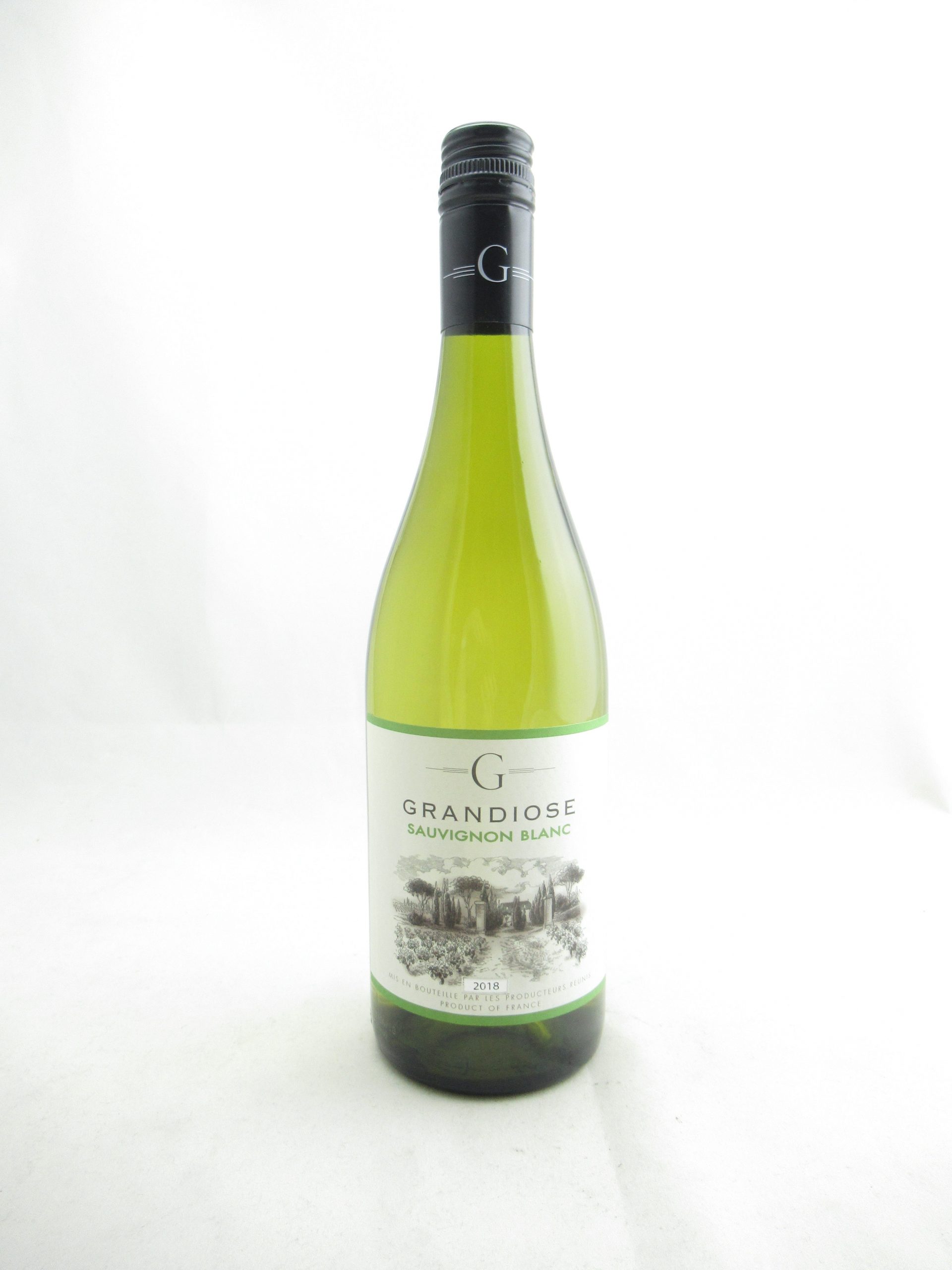
Instinct suggests that temperatures in South West France would be too high for sauvignon blanc – with fruit ripening too quickly and losing that acidity that long “hang times” usually bring.
Confounding my theory, though, Côtes de Gascogne’s aromatic 2018 Grandiose Sauvignon Blanc (£8.95 at www.davywine.co.uk and 11.5%) has vibrant citrus acidity to enliven its gooseberry and apple fruit and provide contrast to its attractive grassy, herbal depth.
And another Davy white
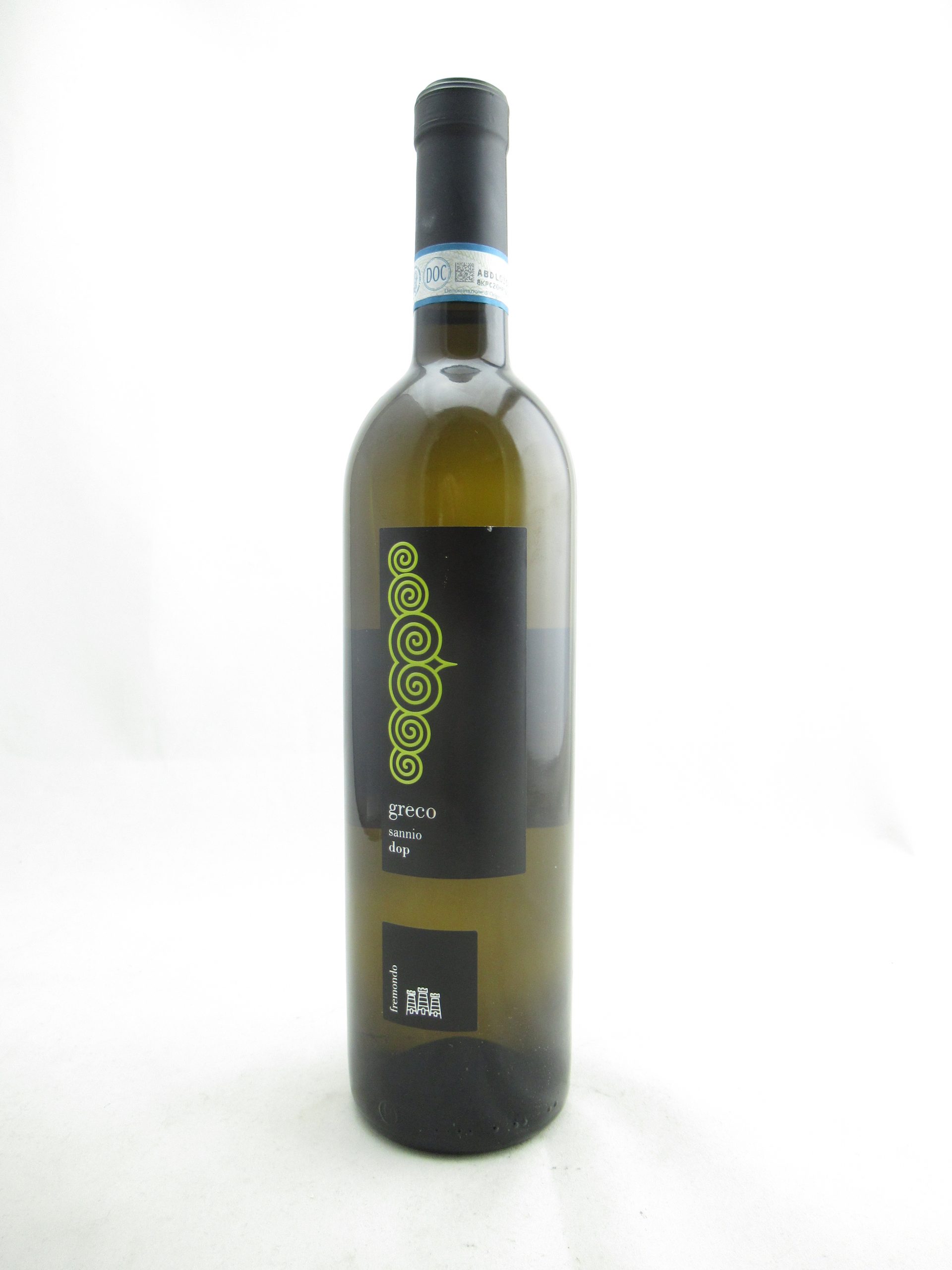
The same retailer also has a much less well known grape variety – greco – from an area just north of Naples where it often produces weighty white wine with tropical fruit influences.
True to form, 2017 Greco Fremondo La Guardiense, Sannio (£9.95 at www.davywine.co.uk and 12.5%) does contain suggestions of peach but adroitly builds them into an apple and greengage texture embellished with firm acidity, contrasting savoury elements and a long, coconut finish.
Back to sauvignon now.
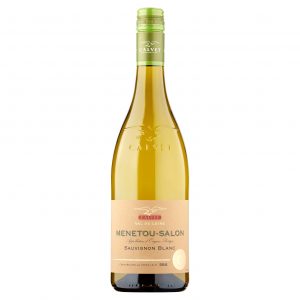
Move west from Pouilly and Sancerre – but without losing the limestone influences – and you hit Menetou-Salon where impressive versions of sauvignon can also be produced but often with kinder price tags.
While not the cheapest option from thereabouts, 2018 Calvet Menetou-Salon Sauvignon Blanc (£14.99 at Waitrose and 12.5%) manages to deliver zippy (almost Marlborough-like) pink grapefruit acidity without compromising the softness, depth, subtlety and apple-with-tropical-fruit edges for which Loire sauvignon is justly famed.
Spain is next
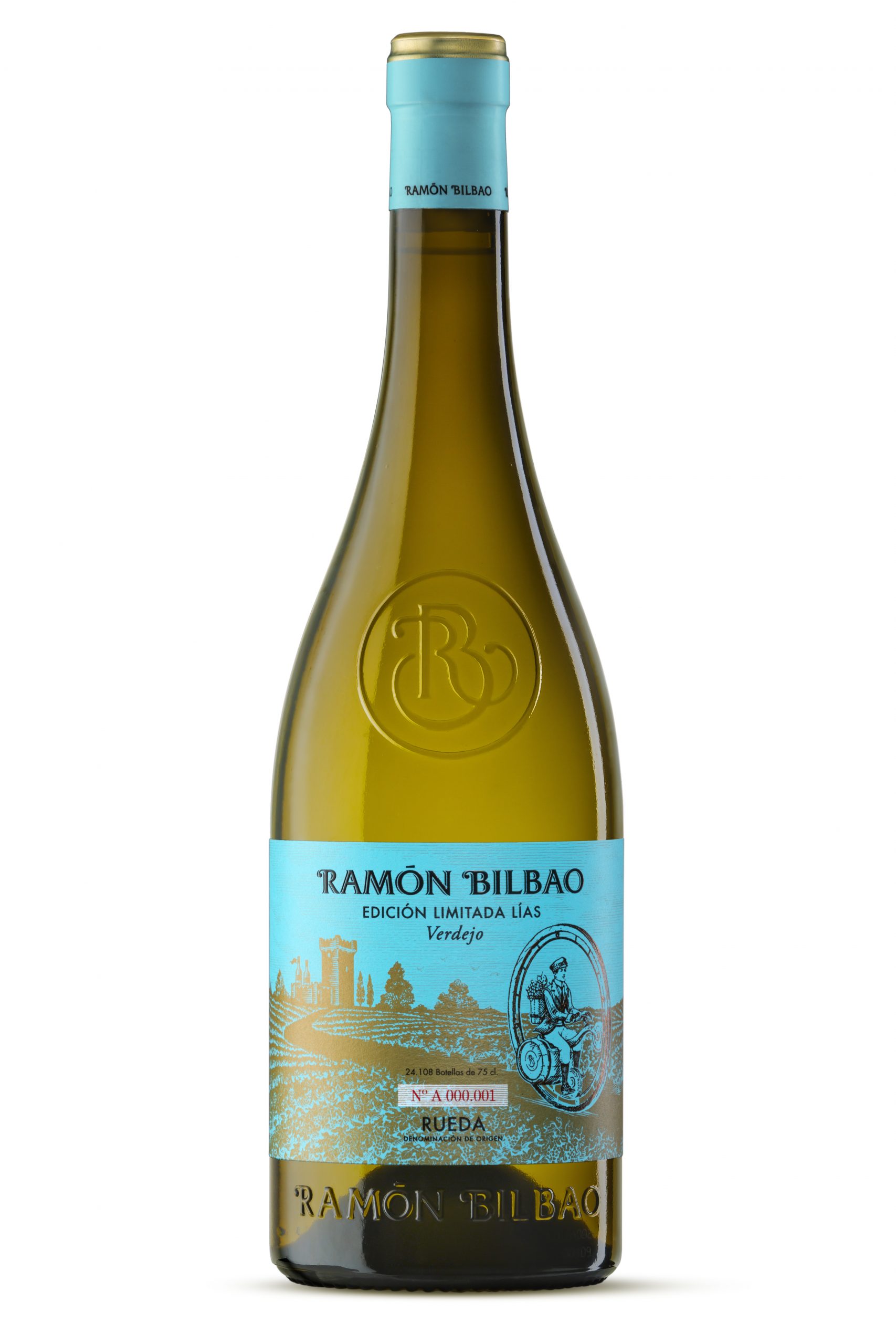
There are certain names that fill you with confidence as soon as they appear on wine labels (Les Jamelles and Jean-Claude Mas in Languedoc are two) and to that list must be added Spain’s Ramón Bilbao who, increasingly, is experimenting in areas away from Rioja.
His 2017 Ramón Bilbao Edición Limitada Lίas Verdejo (£15.50 at www.greatwesternwine.co.uk and 13%) uses verdejo grapes in Rueda to craft smooth, long, savoury backed white wine delivering lemon acidity, a herbal tangerine and grapefruit backbone with smoothness, richness and vanilla influences that are an object lesson in the use of oak.
A last rosé of summer?

Proving that quality, delicate food-friendly rosé is not just for summer, this version (named “Jolie” after one of Picasso’s lovers incidentally) from Languedoc also illustrates – in passing – how favourably good rosé from that region compares with more expensive alternatives from Provence.
2018 Cuvee Jolie Terre de Providence Pays d’Oc Rosé (£8.95 at www.slurp.co.uk 12.5%) is deliciously light, fresh, dry and floral with good acidity and is built around a spicy, savoury background that brilliantly complements the wine’s cherry, strawberry and crab apple fruit.
To Portugal for a red
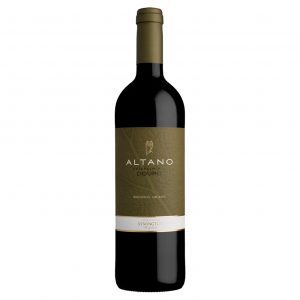
Think of the Symington family and port is the first things that comes to mind but, increasingly, they are diversifying into table wines and this terrific organic version shows how good things can get when you have access to some of the region’s best fruit.
Dark and dense with a fruity nose, 2017 Altano Organic Douro (£7.99 – instead of £10.99 until 8 October- at Waitrose and14%) has clove and chocolate embellished bramble and black cherry fruit, good acidity, limited tannin and a graphite minerality containing suggestions of pepper and bergamot.
Back to Languedoc
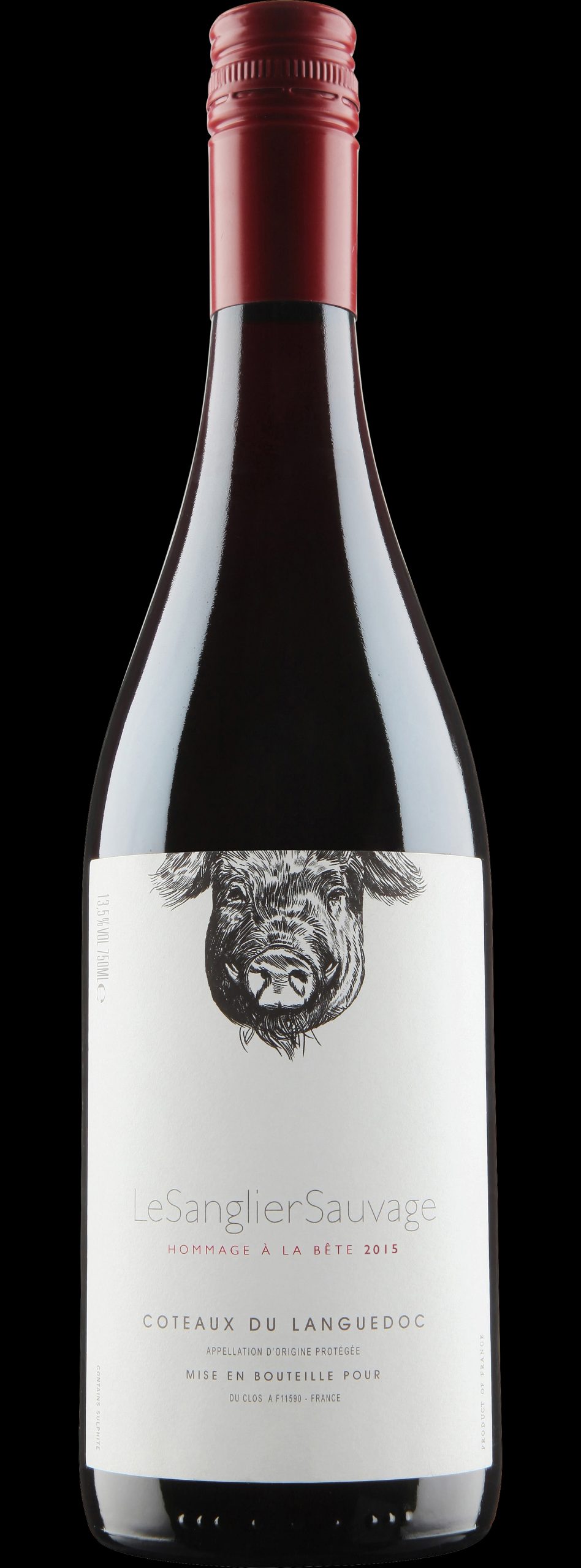
In Southern France wild boars can be a real pest eating grapes and knocking over vines but perhaps this wine maker is trying to buy them off by naming his wine after them – either way it seems to sell well as stocks are dwindling fast.
Savoury edged and grenache based, Languedoc’s 2017 Le Sanglier Sauvage (£9.99 at www.virginwines.co.uk and 13%) has soft but nicely rounded cherry and raspberry fruit with good acidity, limited tannin and suggestions of vanilla, liquorice and baking spice.
Here’s another red from Virgin
Appassimento techniques (drying out grapes to increase the concentration in the residue) are associated with Amarone and the north east corner of Italy but here they are applied in Sicily and to nero d’avola grapes – with a dash of the light and soft Frappato.
Brilliant results ensue as can be seen from the dense and aromatic 2017 Eghemon Passimiento (£15.99 at www.virginwines.co.uk and 13.5%) with its lively cherry and loganberry fruit, suggestions of vanilla, almonds and allspice, sweetness and depth but pleasingly limited tannin.
Approachable Bordeaux
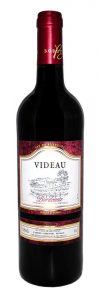
To the chagrin of traditionalists many younger wine drinkers do not seem to “get” claret, finding Bordeaux’s typical leafy and mineral elements less appealing than the bright fruitiness that New World versions do so well.
In 2016 Chateau Videau Bordeaux (£9.25 at www.woodwinters.com and 13.5%) though, we have a version that plays down those savoury components yet still delivers rounded cherry, prune and raspberry fruit with firm tannin and embellished with good acidity and hints of cocoa, aniseed and nuts.
And a Bordeaux blend from elsewhere

Although New Zealand’s Gimblett Gravels is increasingly being praised for its syrah, it can still make an excellent fist of Bordeaux blends (its original speciality) and even here adds a portion of malbec as used to happen in Bordeaux itself.
Enjoy then the medium bodied and slightly smoky 2015 Hawke’s Bay Estate Cabernet Merlot Malbec (£15.99 at www.laithwaites.co.uk and 13.5%) with its soft raspberry and plum fruit – and suspicion of cassis – that is nobly supported by clove, aniseed and mint elements, good acidity, limited tannin but attractive mineral depth.
Finally to an absolute superstar

Dog Points is the winery of Ivan Sutherland and James Healy, formerly big wheels at Cloudy Bay, who have created some terrific wine in Marlborough using, in particular, older vines and non-interventionist techniques and often with a little extra maturation time in wood.
See how successful this style is with the brilliant 2016 Dog Point Pinot Noir (£24 at The Wine Society and 13%) and its well defined, minty raspberry and cherry fruit that creates a veritable flavour explosion which is supplemented by clove and vanilla centred texture and firm acidity but only modest tannin.

